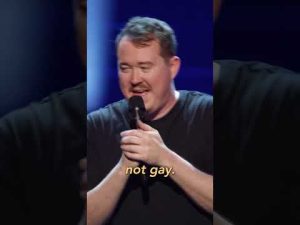In a world where stories about violence and crime seem to multiply faster than rational discourse, the tragic death of Austin Metcalf demands a close, hard look. At a District 11 5A track meet at Kuykendall Stadium, a chilling incident unfolded. Austin Metcalf, a 17-year-old high school junior and aspiring athlete, was brutally stabbed by an opposing team’s athlete, the details of which the mainstream media seems all too eager to overlook.
The local reports quickly mention that Karmelo Anthony, a competitor on the field, was the perpetrator. Yet, they casually skate over the all-important details that paint a clearer picture of this horrid event. The media’s reluctance to delve into the specifics of such a malicious act is bewildering but not surprising in today’s climate. We’re left with the simple facts: a knife was brought to a high school track meet, an unimaginable decision that suggests a level of intent that the media avoids confronting.
Why would someone bring a knife to what should be a symbol of youthful sportsmanship and community spirit? This isn’t just clutching at straws for a juicy headline—it’s asking the pressing questions that should populate every discussion on a situation like this. Austin, representing Memorial High School, found Karmelo in an area reserved for his team. The presence of Karmelo from Centennial in an inappropriate area led to a confrontation, culminating in a devastating tragedy.
Here’s where things don’t merely get murky in the report, but downright incandescent. Apparently, when Austin told Karmelo that he had to leave the tent, Karmelo’s response was troublesome. In what read like an overt threat, he said “Touch me and see what happens.” When Austin reportedly tried to escort Karmelo out, Anthony grabbed his knife, ending a promising young life in cold blood. This wasn’t merely a moment of self-defense gone wrong; it was an act teetering on the edge of premeditation.
In any other case, the intent paired with this behavior would lead to swift condemnation, yet the selective reporting on this story glosses over these critical details. It’s time to question why and how such biases filter through our media and societal narratives—to openly scrutinize acts of violence without the fear of being pigeonholed by those who turn the discourse.
It’s crucial to reflect on how communities, media, and society handle stories involving violence, especially when they involve teenagers and schools. Brushing over the hard truths doesn’t propel progress, maturity, or safety. Instead, it perpetuates a cycle of inaction and misdirection. The sad end of Austin Metcalf’s life is more than a headline—it’s a wake-up call.







